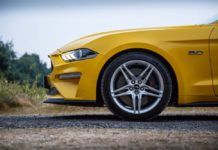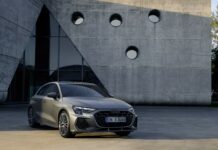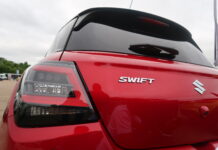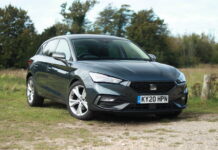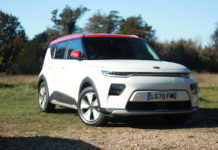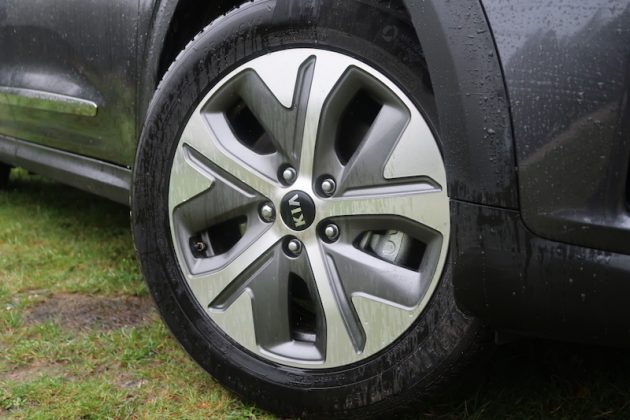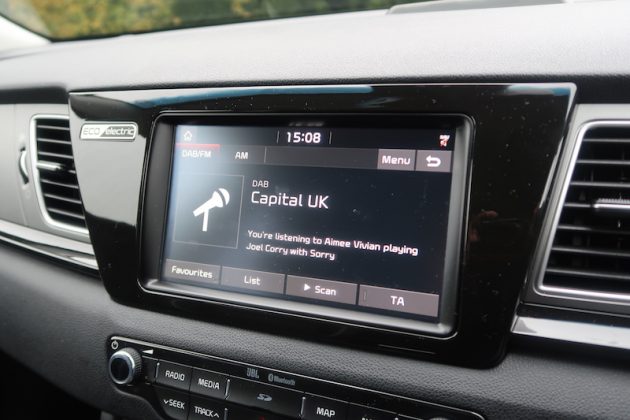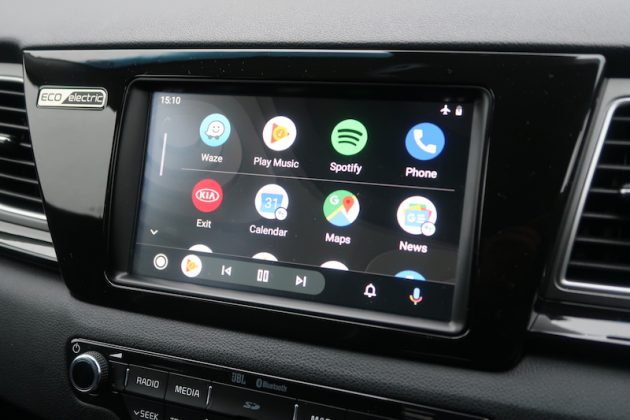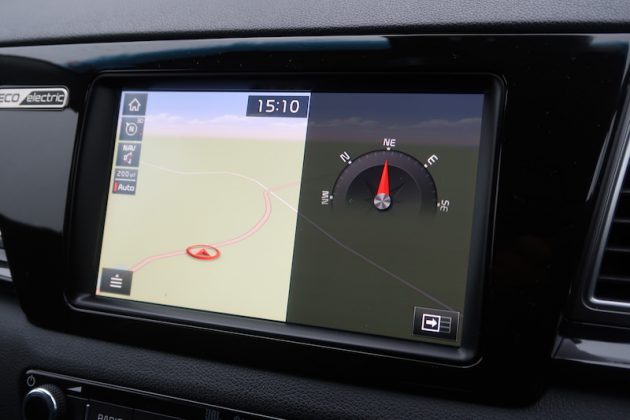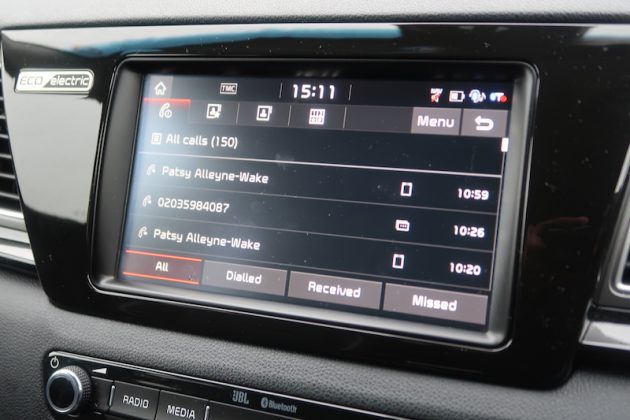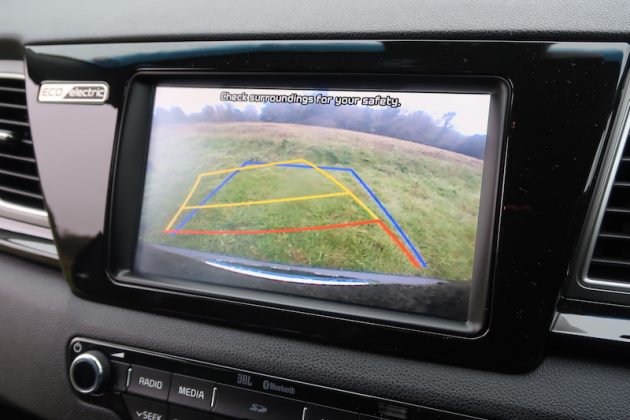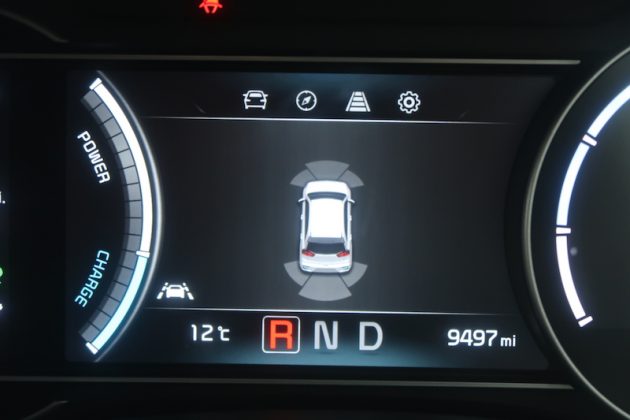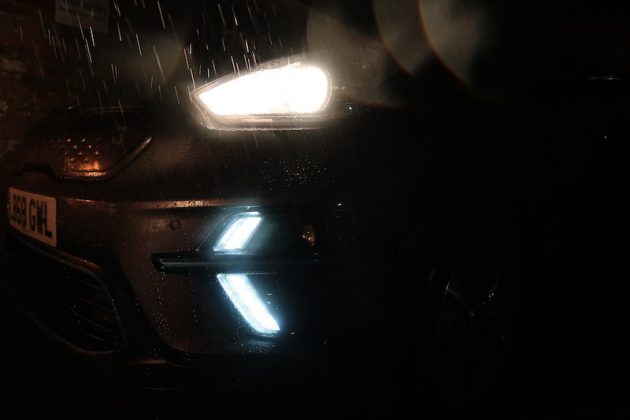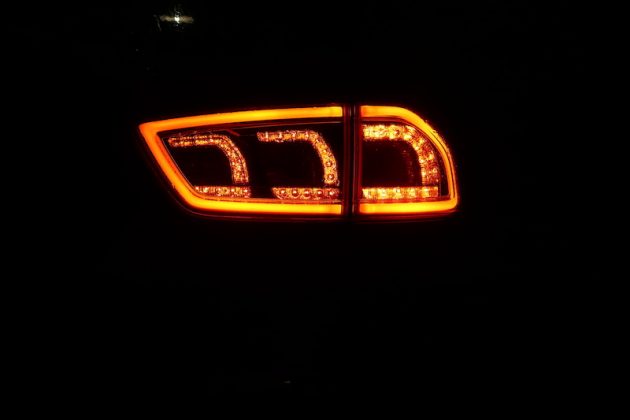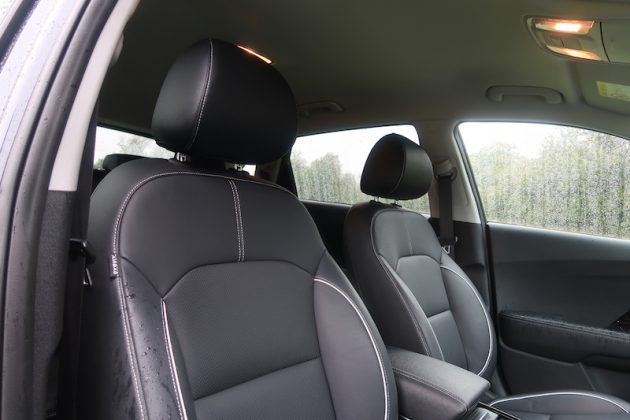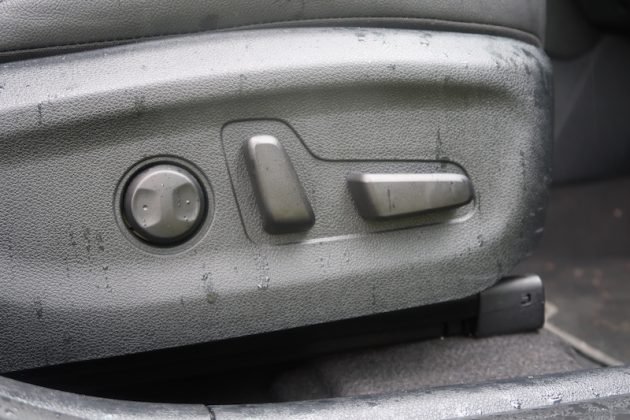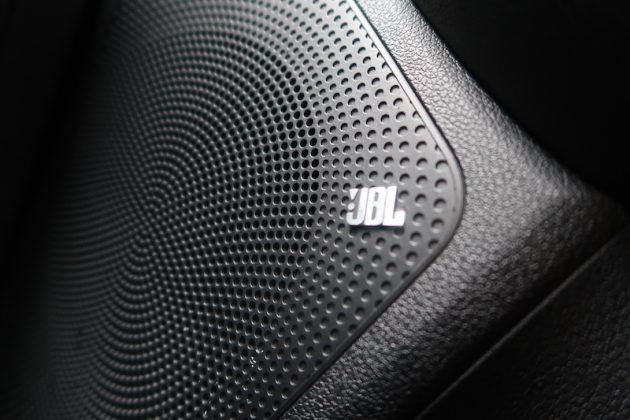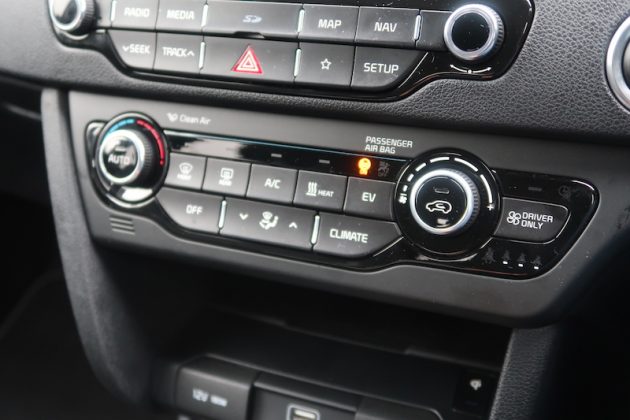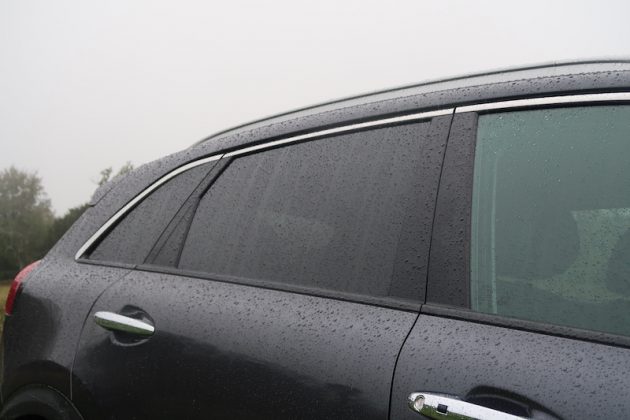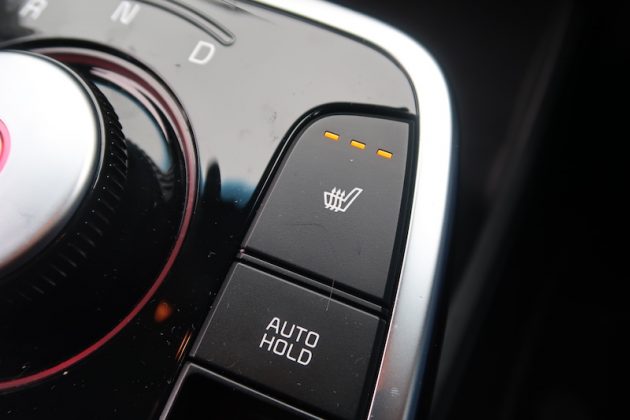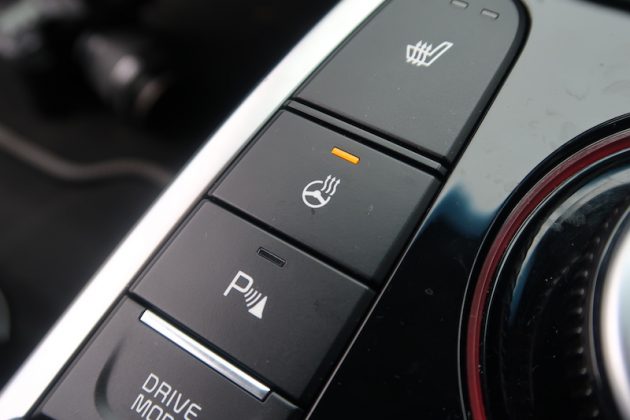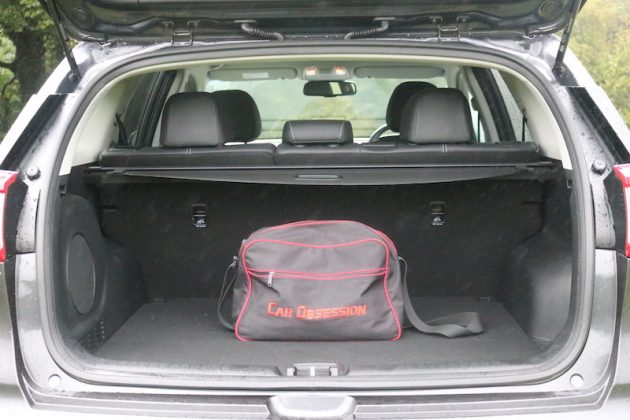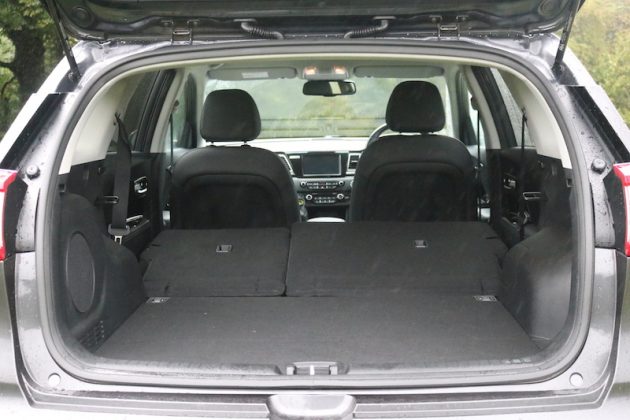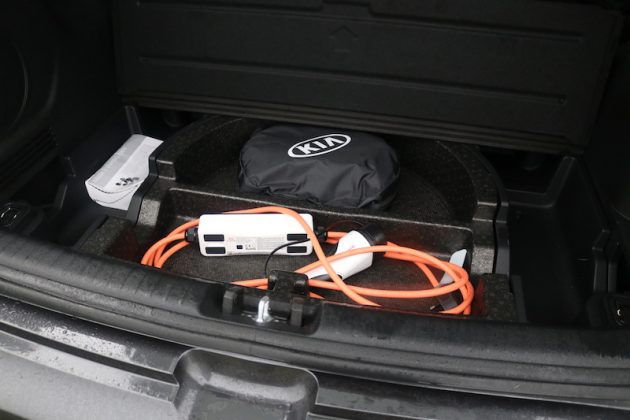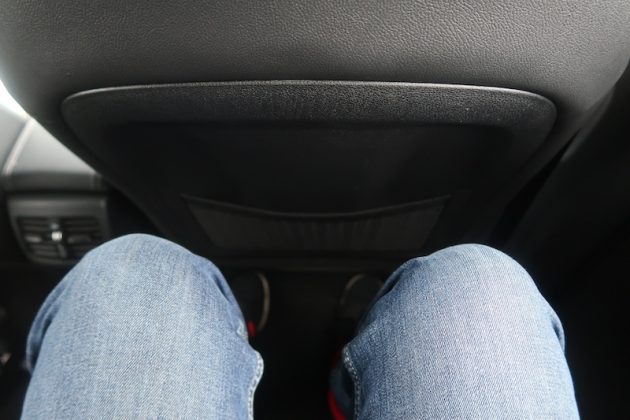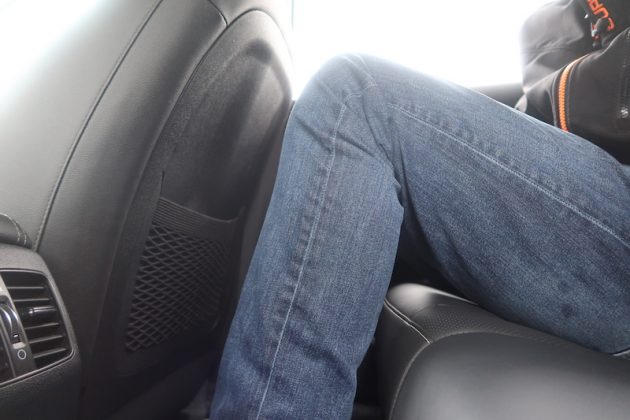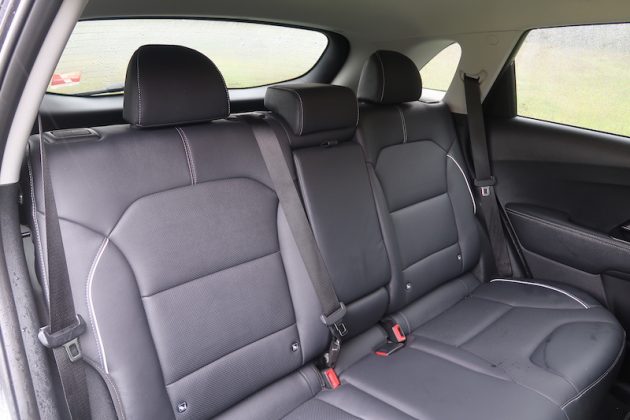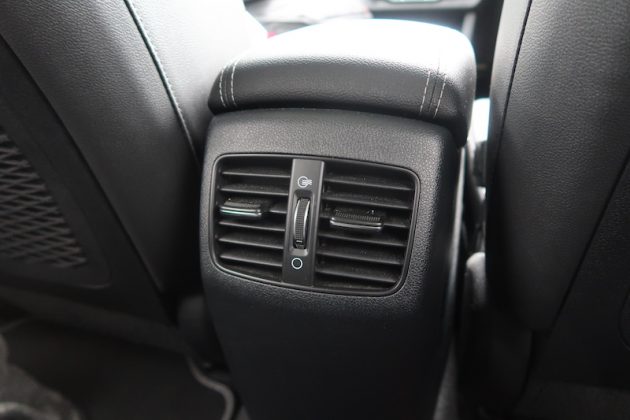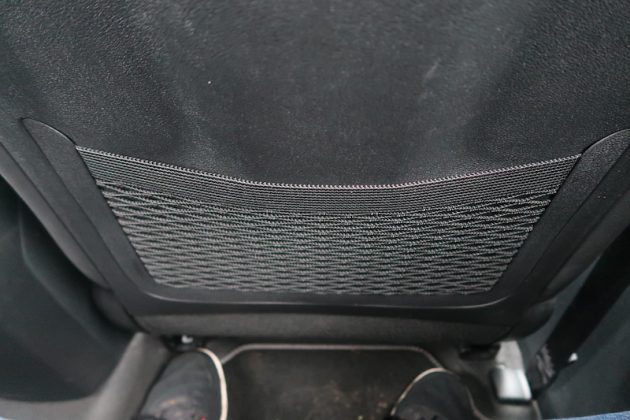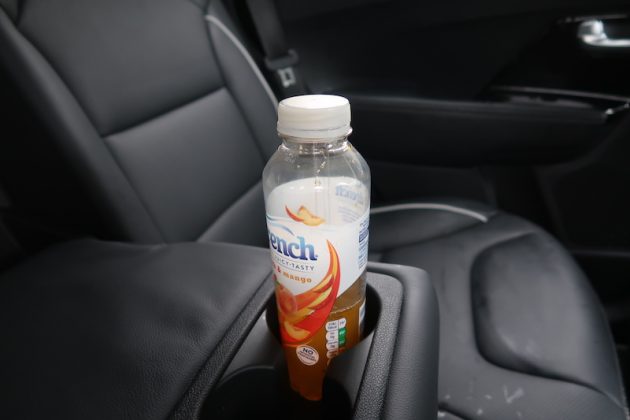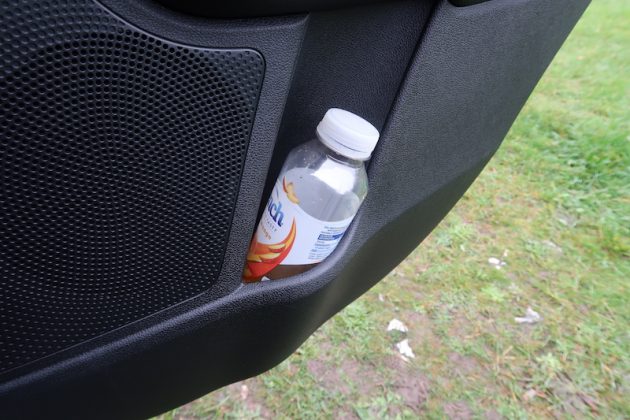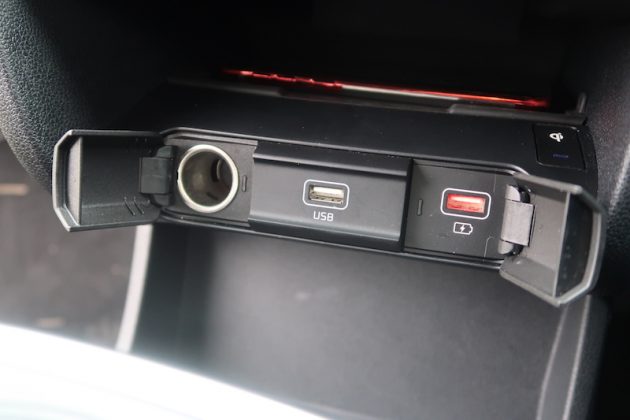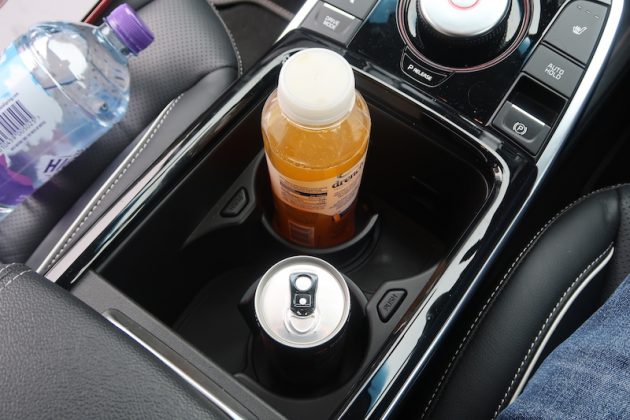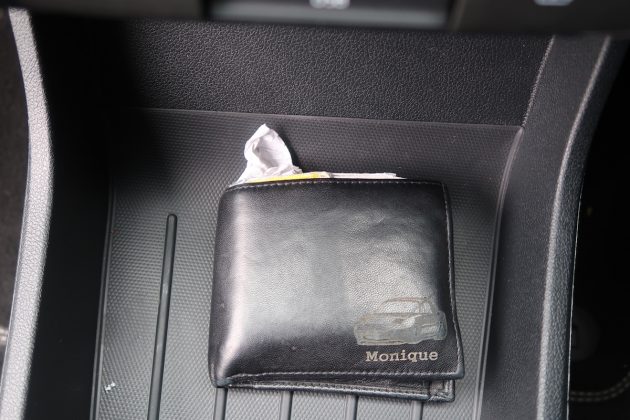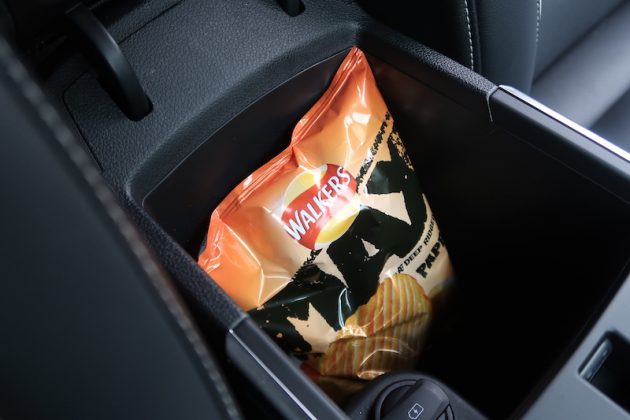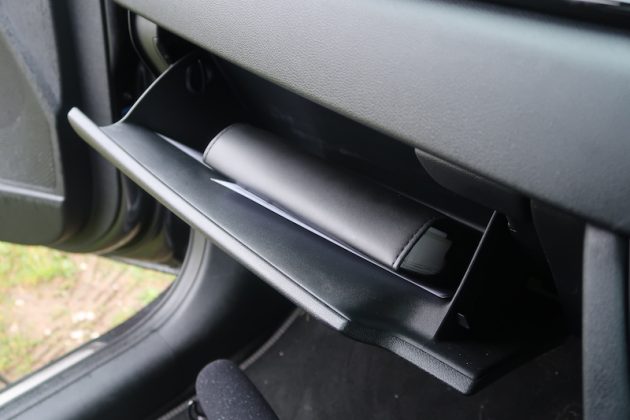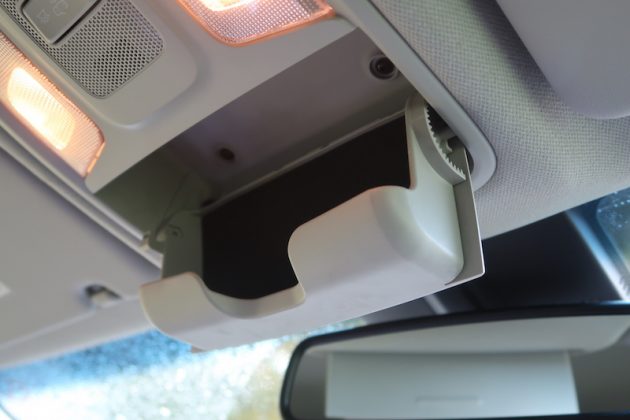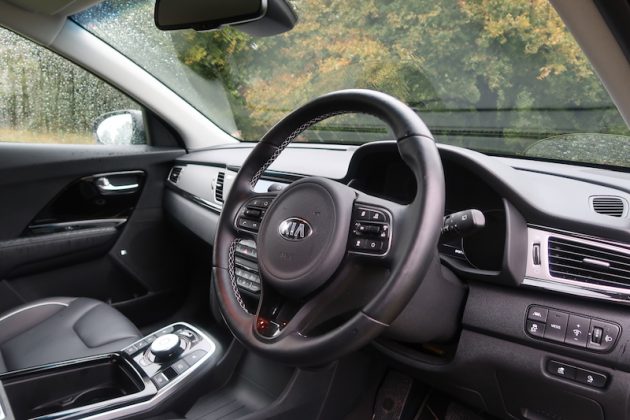It’s little secret that electric cars are a big deal nowadays, with more and more manufacturers declaring that they are to dedicate their ranges to be fully electric in the future. Kia entered this market with the EV version of its characterful Soul, and now the South Korean brand has added to its electric portfolio with the new e-Niro.
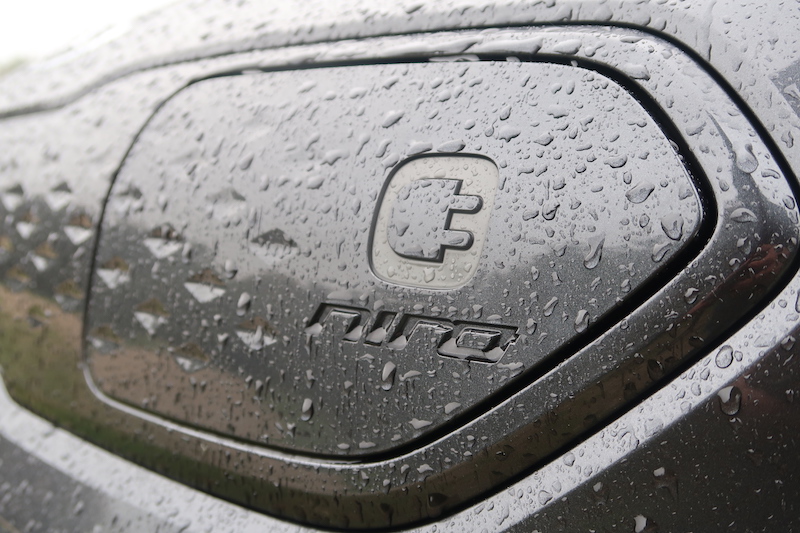
Making EV simple
The e-Niro is actually available in two battery capacities; 39kWh and 64kWh, however, to make things simpler for the UK market it’s only the latter that is available. On top of that, there is just one trim level to choose from, called the ‘First Edition’.
Priced from £32,995, standard features include 17″ wheels, LED daytime running lights, LED rear lights, black leather seats, heated and ventilated front seats, heated steering wheel, 8-way electronically adjustable driver’s seat, 8″ touchscreen, navigation, smartphone connectivity, wireless phone charger, JBL sound system, climate control – the list goes on. Needless to say, it’s unlikely you’ll be wanting for kit with the e-Niro.
How far will it take you?
As well as price, range is going to be a big factor when it comes to buying an electric car, so you’ll be glad to know that Kia states its e-Niro is capable of covering up to 282 miles on a single charge. Speaking of charge, Kia states that the e-Niro can be charged to 80% in 54 minutes.
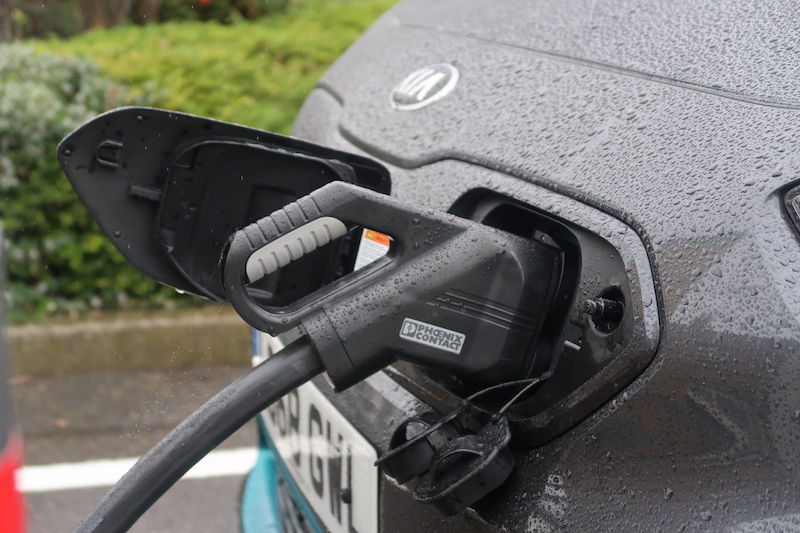
Not only is the range better than its sister, the Hyundai Kona Electric – albeit not by much – but it’s also better than the Nissan Leaf, even if you were to go for the e+ version. This is bound to be music to the ears of those concerned about range anxiety.
Effortless and pleasant
Those two words are a very good sum way in which to sum up the driving experience of the e-Niro. In my opinion it rides a little better than the Nissan Leaf I tested earlier this year, and the interior is a nicer place to be. I’d also argue that the cabin feels more upmarket than the Kona Electric, which is kind of funny bearing in mind the Kia is the cheaper car.
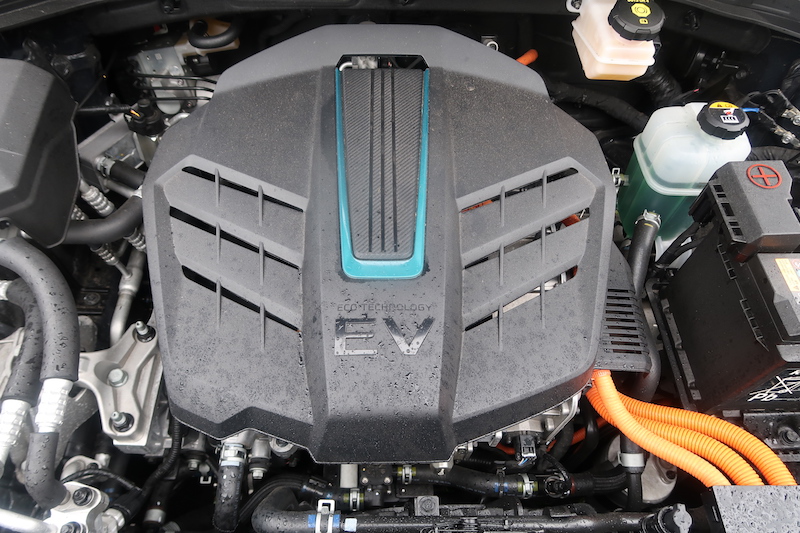
The electric motor is good for 204hp, torque comes in at 395Nm (291 lb. ft), which mirrors the Kona Electric, but beats the Leaf by at least 55Nm. 0-60 is dealt with in a respectable 7.5 seconds, and the top speed is 104mph.
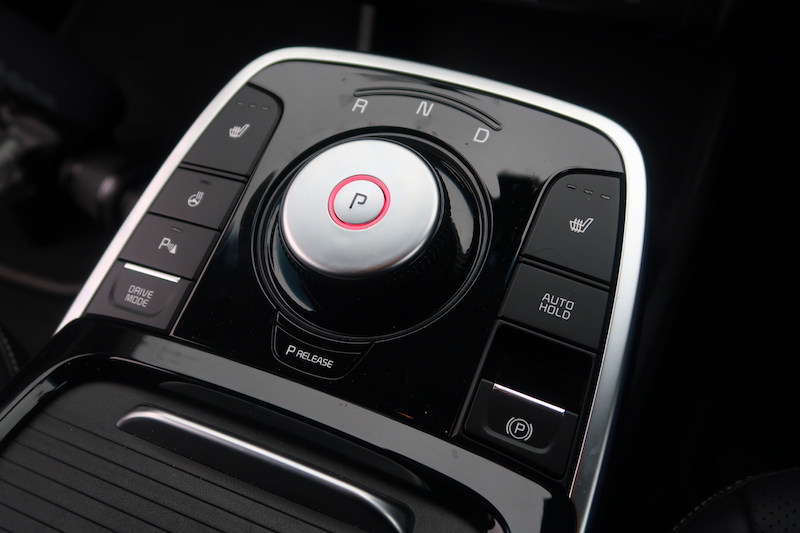
Thanks to the electric power delivery, the torque comes in instantly, making the e-Niro more rapid than the exterior would lead you to believe. This means that motorway overtakes are easier than taking candy from a baby, and you’ll even be confident taking on boy racers at the traffic lights, especially if you place the e-Niro in ‘Sport’ mode.
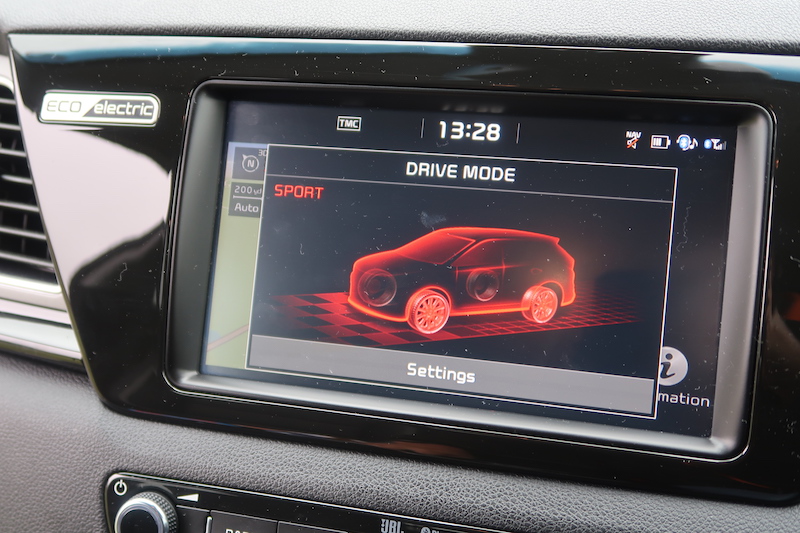
However, this car is not all about performance, although it’s able to hold its own in this area. No, this is a family car that needs to be easy to drive, and easy to live with day-to-day. The e-Niro scores well on both points as it’s extremely easy to drive as well as relaxing, plus it has plenty of space, which will be ideal for family life.
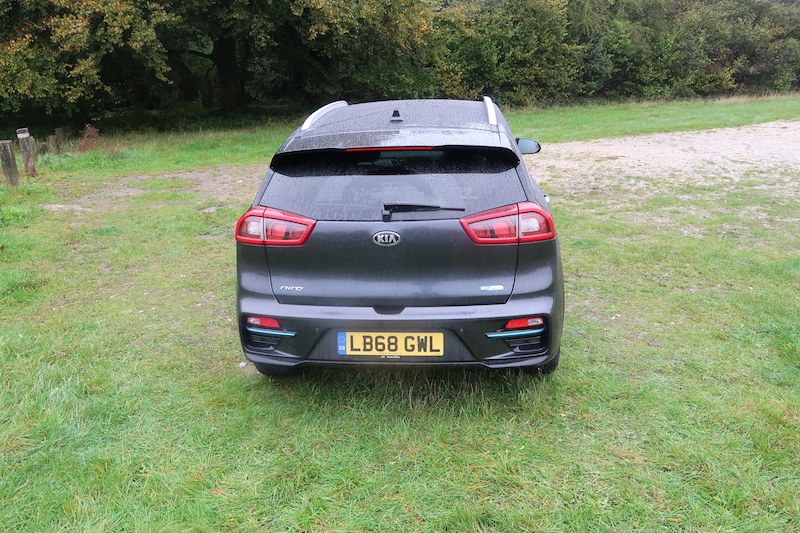
Not only is it easy to drive, but it’s comfortable, too. The ride can feel a little busy on some road surfaces, but it feels softer than the Nissan Leaf, and the damping is impressive, too. On top of that, the seats are comfortable, yet supportive, and the head rests feel like they’ve been made using the finest memory foam.
It’s spacious, too
Last year I had a quick spin in the Hyundai Kona Electric, and although I found it to an enjoyable car to drive, I did find it to be a bit cramped for space, particularly in the rear. The e-Niro has no such problem as it scores well for space no matter what part of the cabin you happen to be in.
The boot offers 451 litres with the rear seats up, which is more than what the Kona Electric and Nissan Leaf can muster, but if you want more space, you can fold the 60/40 rear seats down to liberate 1405 litres. There is a little bit of a step in to the boot, but it’s nothing major, and the load lip is low, which should make it easier to load bigger, heavier items.
Step in to rear and you’ll likely to find a good amount of leg room and knee room even if you happen to be a taller person sat behind a taller driver. Headroom isn’t amazing, however, but it should be just fine for the majority of people. I think you’ll struggle to fit three adults in the rear, but three children should be just fine. To aid comfort and to offer more practicality, there’s a centre armrest with two cupholders, but sadly no ski hatch.
The front is equally as spacious, plus there are lots of cubbyholes to stow items away. The doorbins aren’t massive, but you can just about fit a large bottle of drink in there with a bit of light encouragement. There’s plenty of storage to be found in the middle, although the cup holders are quite large, meaning smaller bottles or cans may move about in them.
There’s also a sunglasses holder as well as a decent sized glovebox, so I doubt you’ll struggle for storage places in the e-Niro. Getting a good driving position is easy as the steering wheel has ample adjustment, plus the driver’s seat is 8-way electronically adjustable, so getting comfortable is a doddle.
What about the other driving aspects?
A car like this won’t be bought with driving joy in mind, but having said that, the e-Niro can offer a bit of entertainment in the bends. Sure, you’re bound to feel the weight of the car, and there’s a bit of predictable lean, but I’ve been impressed by the grip offered from the chassis. ‘Sport’ mode helps to add a little spice as well, so don’t think this electric crossover is going to be as dull as old dishwater.
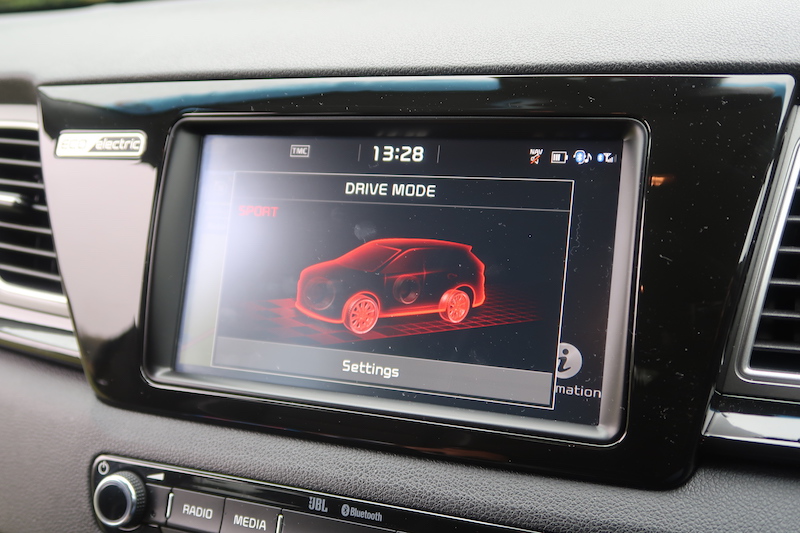
However, if you don’t want to drive as if you’re on the final lap of a Formula One race, you’ll be pleased to know that the e-Niro offers a good level of refinement. Thanks to the lack of engine, the cabin is a peaceful place to be; road noise is well controlled, and wind noise isn’t too bad, either.
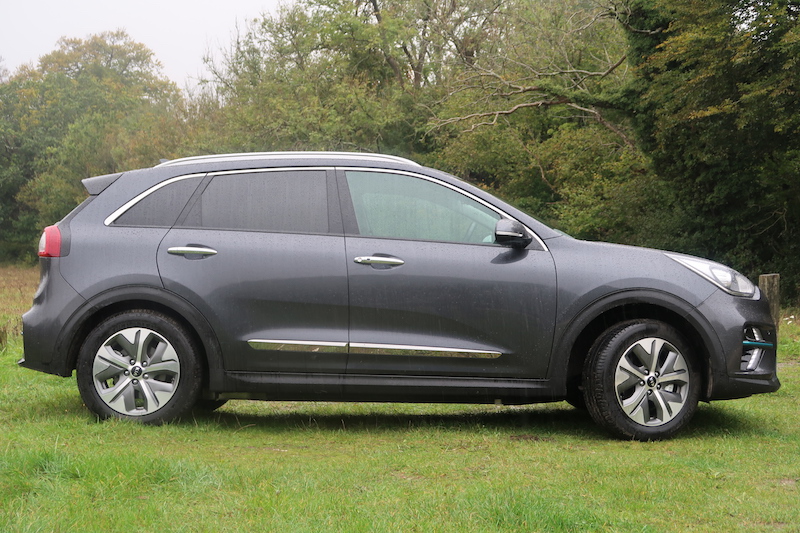
Visibility is also very good, meaning this should be an easy car to manoeuvre. However, you do have the reassurance of front and rear parking sensors in case you need a little help, plus you have a reversing camera as well.
How safe is it?
The Kia e-Niro may not get quite as much safety kit as the Nissan Leaf, but it still boasts enough equipment to offer peace of mind. The e-Niro is yet to be crash tested by Euro NCAP, but it should perform well as standard safety features include seven airbags, lane departure warning, lane keep assist, autonomous emergency braking, lane following assist, and adaptive cruise control.
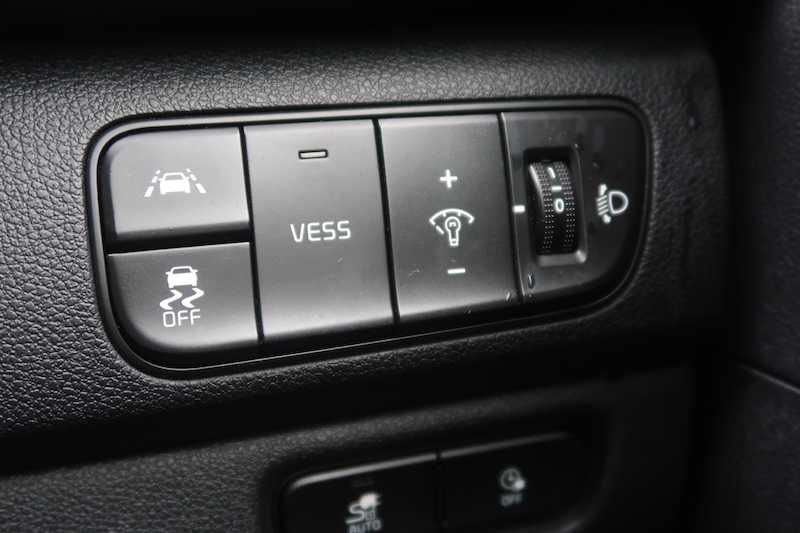
Final thoughts
Having spent a week with the new Kia e-Niro, it’s quite difficult to come up with any real negatives for it. Yes, it’s more expensive than a Nissan Leaf, but you get a higher range, more space, and a nicer interior. I’d argue the e-Niro is slightly nicer to drive as well, so it’s got a fair amount going for it.
It’s also a fair bit cheaper than its sister car, the Hyundai Kona Electric, which offers slightly less range and less interior space. The Kona is the better looking car if you ask me, but if I was wearing my sensible trousers, I’d go for the e-Niro without hesitation. Place your order now, as I reckon this will be in popular demand…
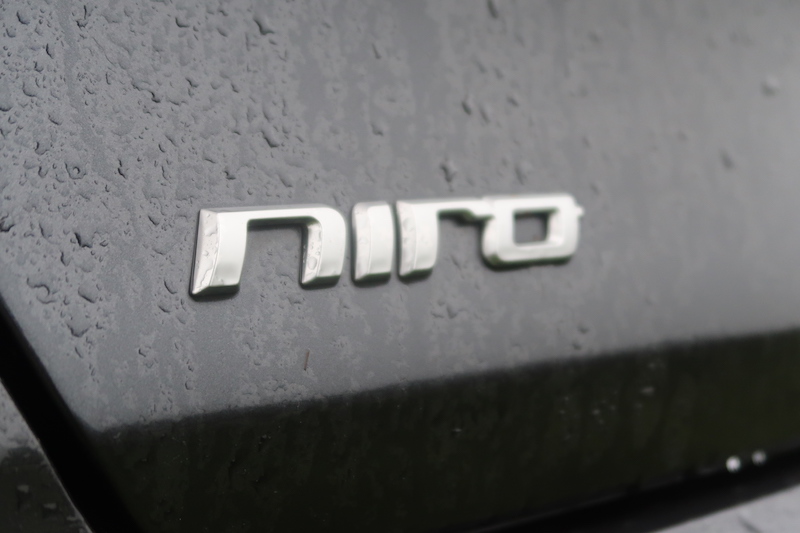
Car Obsession Rating:  (5 / 5)
(5 / 5)
Pros:
- Effortless to drive
- High amount of kit
- Strong level of range
- Comfortable
- More spacious than rivals
- Impressive performance
Cons:
- Not the best looking car in its class
- Nissan Leaf is cheaper
Rivals
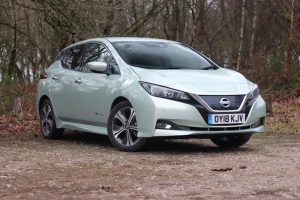 Nissan Leaf
Nissan Leaf
The Nissan Leaf will be the go-to electric car for many EV fans, and for good reason. It offers a decent range, it’s vastly better looking than its predecessor, it offers a good amount of kit, as well as lots of safety kit. It’s also a cheaper car to buy, but it’s not as spacious, and I’d say the suspension is a bit more firm.
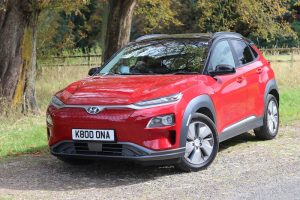 Hyundai Kona Electric
Hyundai Kona Electric
One could argue that the Kona Electric is actually the bigger rival compared to the Nissan Leaf as the Kona is the sister car to the e-Niro. I’d argue the Kona Electric is the better looking car, and perhaps a bit more enjoyable to drive, but it’s boot is small compared to the Leaf and the e-Niro, and it’s the most expensive. This may make it harder to recommend compared to its alternatives.

